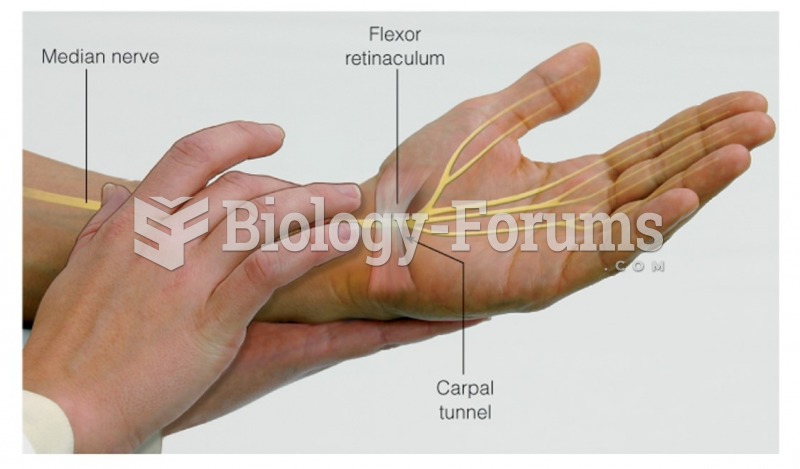Answer to Question 1
D
Setting sun sign is associated with hydrocephaly as a result of increased intracranial pressure. Setting sun refers to the fact that the infant's eyes are depressed and rotated downward.
Answer to Question 2
C
Feedback
A Fetal position is denoted with a three-letter abbreviation. The first letter indi-cates the presenting part in either the right or left side of the maternal pelvis. The second letter indicates the anatomic presenting part of the fetus. The third letter stands for the location of the presenting part in relation to the anterior, posterior, or transverse portion of the maternal pelvis. Palpation of a round, firm fetal part in the fundal portion of the uterus would be the fetal head, indicating that the fetus is in a breech position with the sacrum as the presenting part in the maternal pelvis. Palpation of the fetal spine along the mother's right side denotes the location of the presenting part in the mother's pelvis. The ability to palpate the fetal spine indicates that the fetus is anteriorly positioned in the maternal pelvis.
B Fetal position is denoted with a three-letter abbreviation. The first letter indi-cates the presenting part in either the right or left side of the maternal pelvis. The second letter indicates the anatomic presenting part of the fetus. The third letter stands for the location of the presenting part in relation to the anterior, posterior, or transverse portion of the maternal pelvis. Palpation of a round, firm fetal part in the fundal portion of the uterus would be the fetal head, indicating that the fetus is in a breech position with the sacrum as the presenting part in the maternal pelvis. Palpation of the fetal spine along the mother's right side denotes the location of the presenting part in the mother's pelvis. The ability to palpate the fetal spine indicates that the fetus is anteriorly positioned in the maternal pelvis.
C The fetus is positioned anteriorly in the right side of the maternal pelvis with the sacrum as the presenting part. RSA is the correct three-letter abbreviation to in-dicate this fetal position.
D Fetal position is denoted with a three-letter abbreviation. The first letter indi-cates the presenting part in either the right or left side of the maternal pelvis. The second letter indicates the anatomic presenting part of the fetus. The third letter stands for the location of the presenting part in relation to the anterior, posterior, or transverse portion of the maternal pelvis. Palpation of a round, firm fetal part in the fundal portion of the uterus would be the fetal head, indicating that the fetus is in a breech position with the sacrum as the presenting part in the maternal pelvis. Palpation of the fetal spine along the mother's right side denotes the location of the presenting part in the mother's pelvis. The ability to palpate the fetal spine indicates that the fetus is anteriorly positioned in the maternal pelvis.







